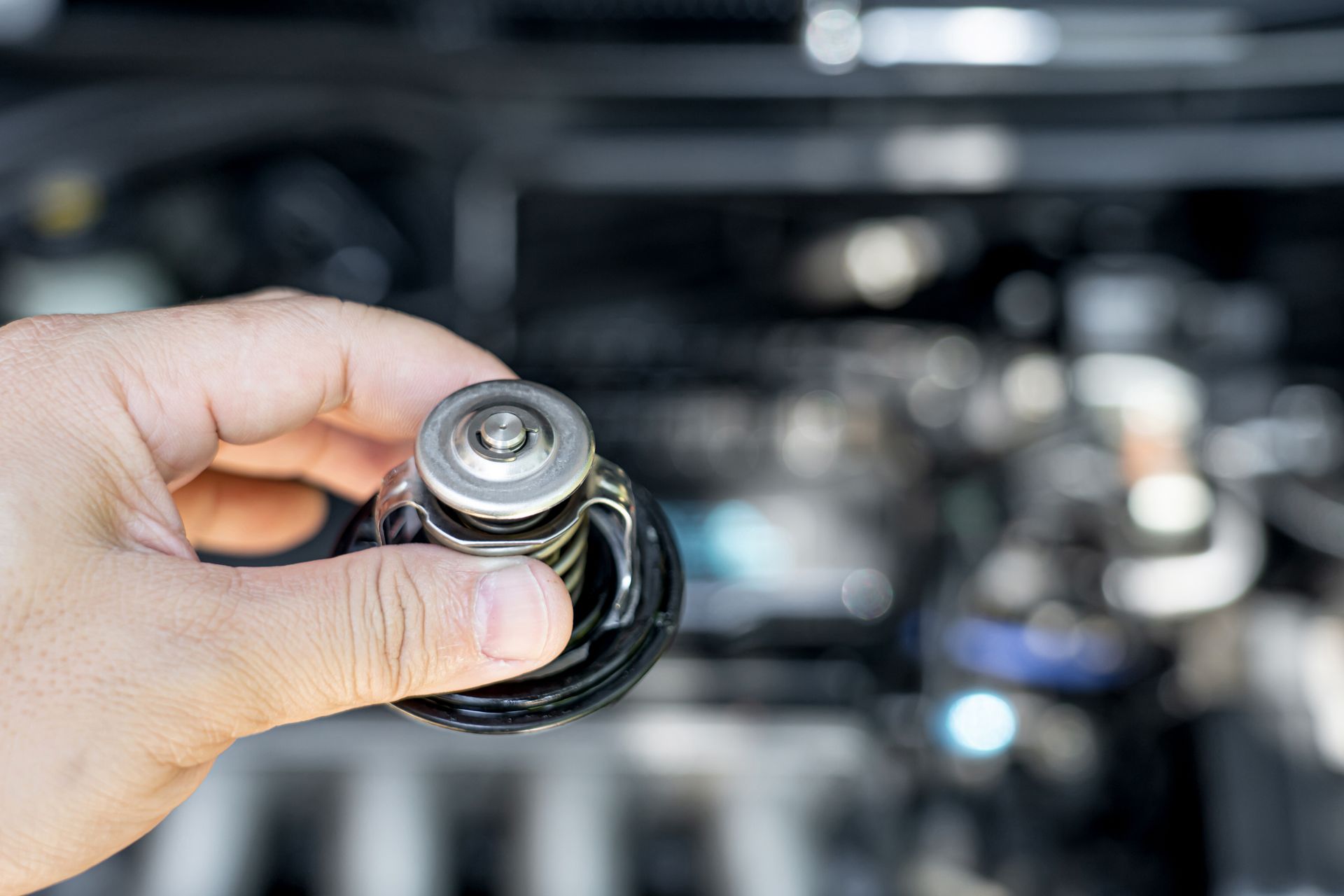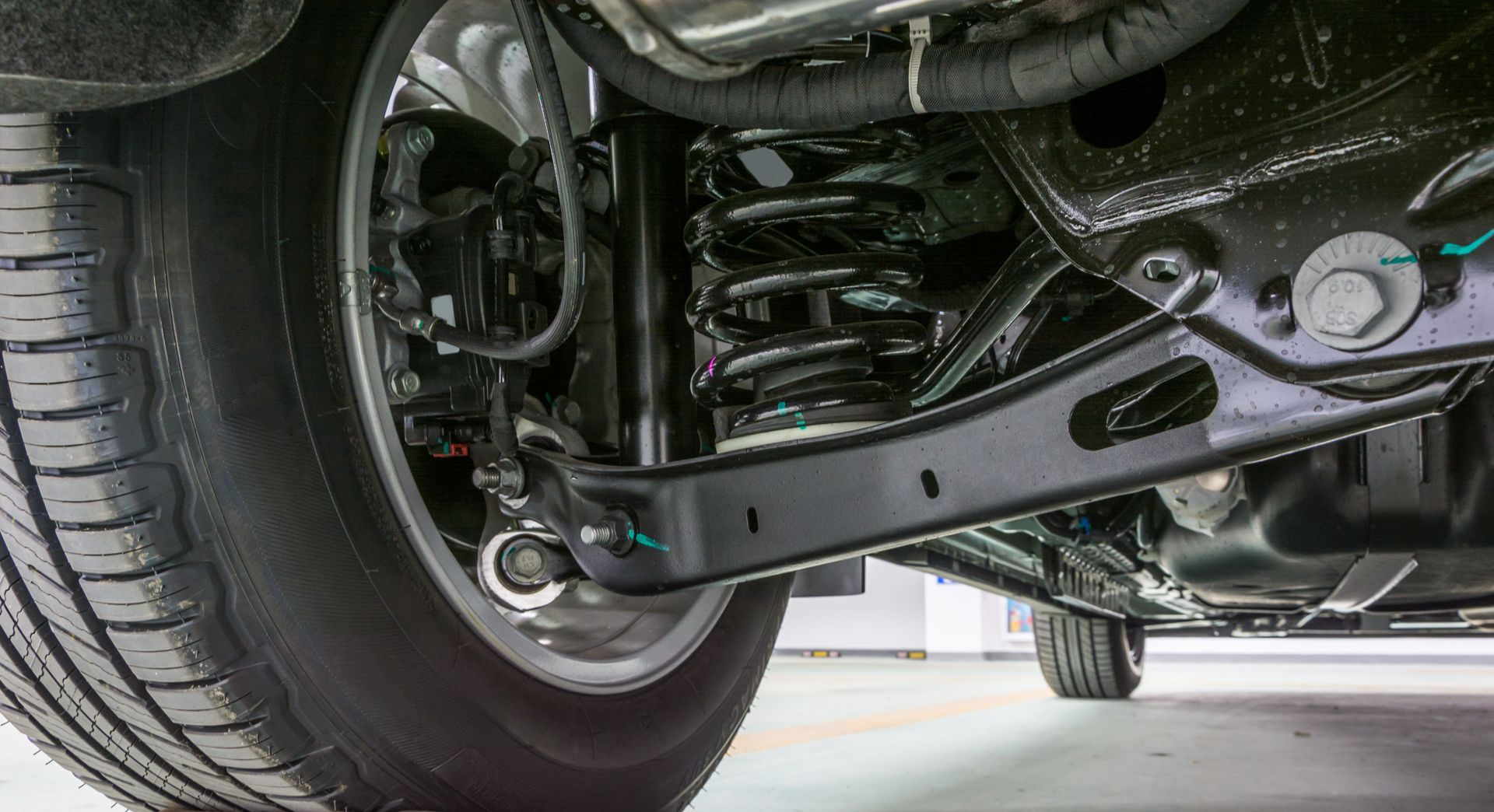Driving through the breathtaking landscapes of Colorado can be an exhilarating experience, but it also presents unique challenges for car engines. With elevations ranging from 3,315 to 14,440 feet above sea level, the high altitude of Colorado can significantly impact the performance and efficiency of vehicles. We'll explore how the thin air at high altitudes affects car engines and what drivers can do to mitigate potential issues.
Effects of High Altitude on Car Engines
At higher elevations, the air becomes thinner, which means less oxygen is available for combustion in the engine. This can decrease engine power and efficiency, especially in naturally aspirated engines that rely on atmospheric pressure to draw in air. The reduced air density at high altitudes can affect fuel combustion, ignition timing, and engine cooling, potentially causing overheating or detonation issues.
The Role of Engine Management Systems in Adjusting to High Altitude
Modern vehicles are equipped with sophisticated engine management systems that can adjust fuel delivery, ignition timing, and other parameters to compensate for changes in altitude. However, these systems may not always fully mitigate the effects of high-altitude driving, especially in older or poorly maintained vehicles. You may notice reduced acceleration, sluggish performance, and increased fuel consumption when driving at high elevations.
Tips for Driving at High Altitude in Colorado
To minimize the impact of high altitude on your car engine, consider the following tips:
- Use Higher Octane Fuel: Higher octane fuel can help prevent engine knocking and improve performance at high altitudes.
- Maintain Proper Tire Pressure: Ensuring that your tires are properly inflated can help optimize fuel efficiency and handling, especially when driving through mountainous terrain.
- Service Your Vehicle Regularly: Regular maintenance, including oil changes, air filter replacements, and cooling system checks, can help keep your engine running at high altitudes.
- Consider Engine Modifications: For drivers who frequently travel through high-altitude regions, aftermarket modifications such as turbochargers or superchargers can help compensate for the reduced air density.
Adapting Your Driving Habits to High Altitude Conditions
When driving at high altitudes, it's important to adjust your driving habits to account for the thinner air and reduced engine performance. This includes accelerating more gradually, maintaining a steady speed, and avoiding sudden braking or rapid acceleration. You should be mindful of your vehicle's cooling system and monitor engine temperature closely to prevent overheating.
Ready to ensure your car's engine is performing at its best in Colorado's high altitudes? Visit BG Automotive today for expert engine diagnostics and maintenance services tailored to altitude challenges.










